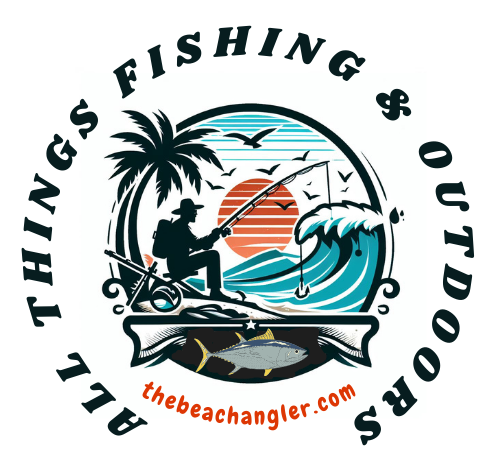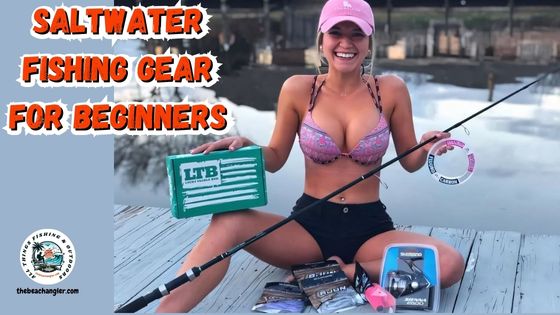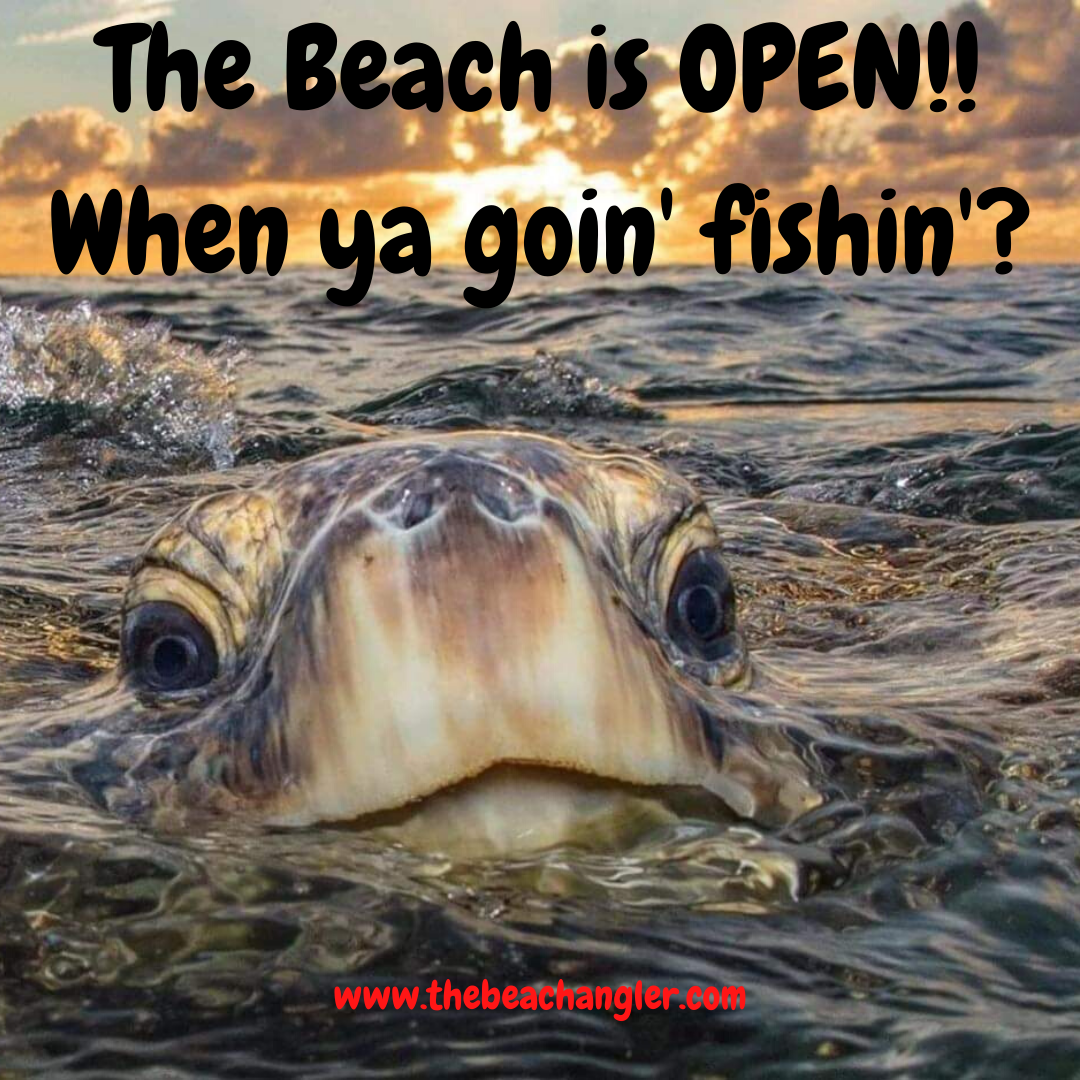Saltwater fishing gear is specialized to handle the unique environment and the game fish that lurk below the waves. Saltwater fishing gear is bigger, stronger, and designed to withstand the harsh and corrosive marine environment. With that in mind, let’s take a look at some recommended saltwater fishing gear for beginners to help you get started out on the right foot.
QUICK LOOK Saltwater Fishing Gear Tips for Beginners
The right fishing gear can make your saltwater fishing experience not just more successful, but more enjoyable. Your gear needs will be determined by what you will be fishing for, where you will be fishing, and how you will be fishing.
- Don’t hesitate to reach out with questions or share your experiences. The fishing community is full of folks eager to help and share their tips. Drop any questions you have in the comments below and I’ll be glad to offer suggestions and help.
- Starting simple is key. You don’t need top-of-the-line equipment to get started. Reliable, budget-friendly options are out there and specifically designed to help beginners get a feel for the sport without the hefty price tag.
- Always remember that safety and comfort are non-negotiable. Proper clothing, sun protection, and hydration are as essential as the gear you bring.
- There’s a lot to learn, but half the fun is in the journey. Start with the basics, get out there, and enjoy the process of discovering what works best for you.
Saltwater Fishing Rods
When gathering saltwater fishing gear lets take first things first, saltwater fishing rods. Selecting the perfect fishing rod can make a world of difference in your saltwater fishing experience. When you’re standing on that pier or boat, casting your line out into the waves, the right rod can up your game significantly.
When shopping for a saltwater rod, the first thing to consider is the length. They generally range from 7 to 12 feet. Longer rods are excellent for casting further distances, something particularly handy when you’re trying to reach those tricky spots where fish like to hide, and when surf fishing.
Shorter rods, on the other hand, offer increased control, which is essential when you’re battling a feisty fish, and are used when fishing inshore waters. It’s all about matching the rod to the kind of fishing you plan to do. Next up is rod strength or ‘power.’ This refers to how much pressure it takes to flex the rod.
You’ll see categories like light, medium, and heavy. Light rods are more sensitive but might not hold up against larger, stronger fish. Medium rods offer a balance suited for a variety of saltwater fish, making them a great all-around choice.
Heavy rods are designed for the big catches of the saltwater world – think giant groupers or stubborn tarpons. So, understanding the fish you aim to target is crucial here. Alright, now let’s talk recommendations.
As a beginner, you don’t need to break the bank. There are some fantastic budget-friendly options out there. Shakespeare Ugly Stik GX2 rods, for instance, are durable and fairly affordable, making them great choices for newbies.
On the mid-range side, Penn Battalion III rods offer excellent performance without costing a fortune, providing a bit more finesse and sensitivity. Choosing the right rod sets the foundation for your entire saltwater fishing experience. Tailoring your gear to your fishing style helps ensure you’re ready to enjoy your saltwater fishing adventures.
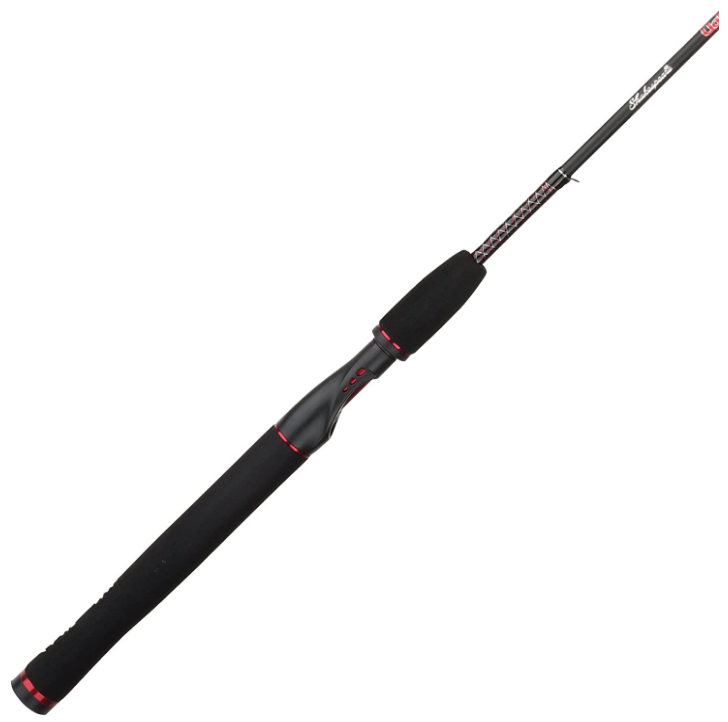
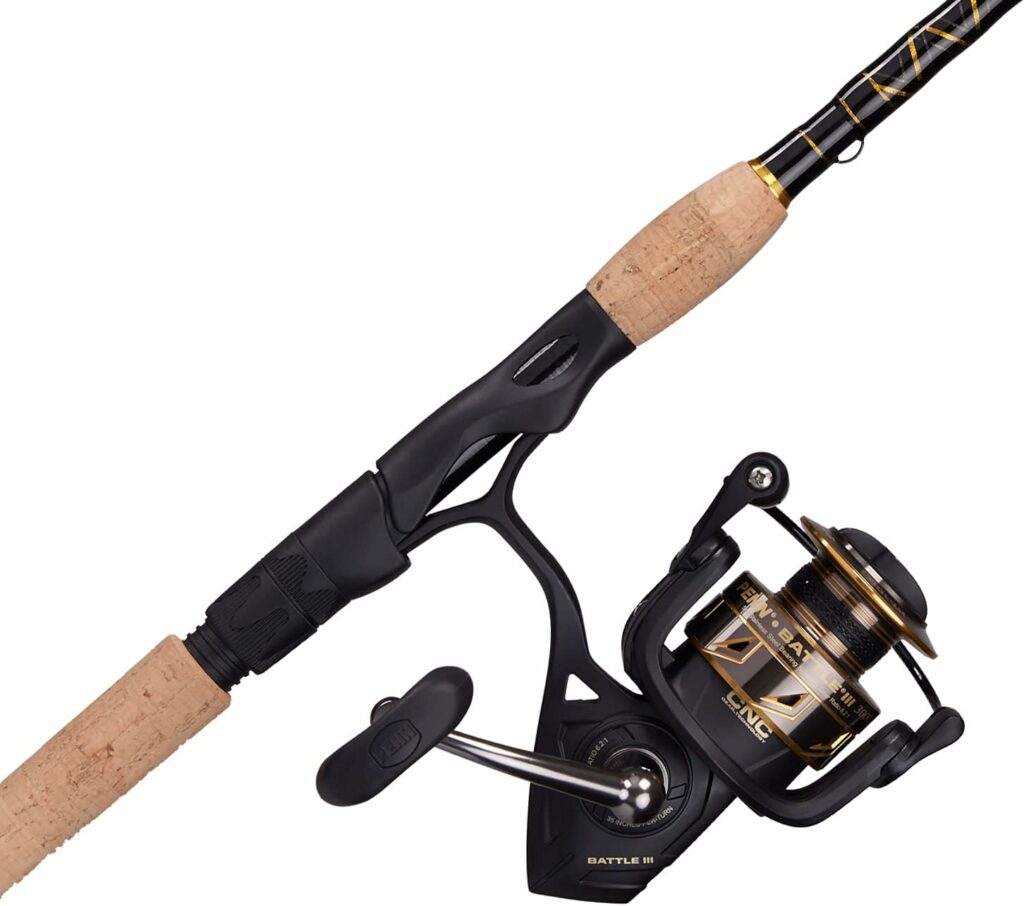
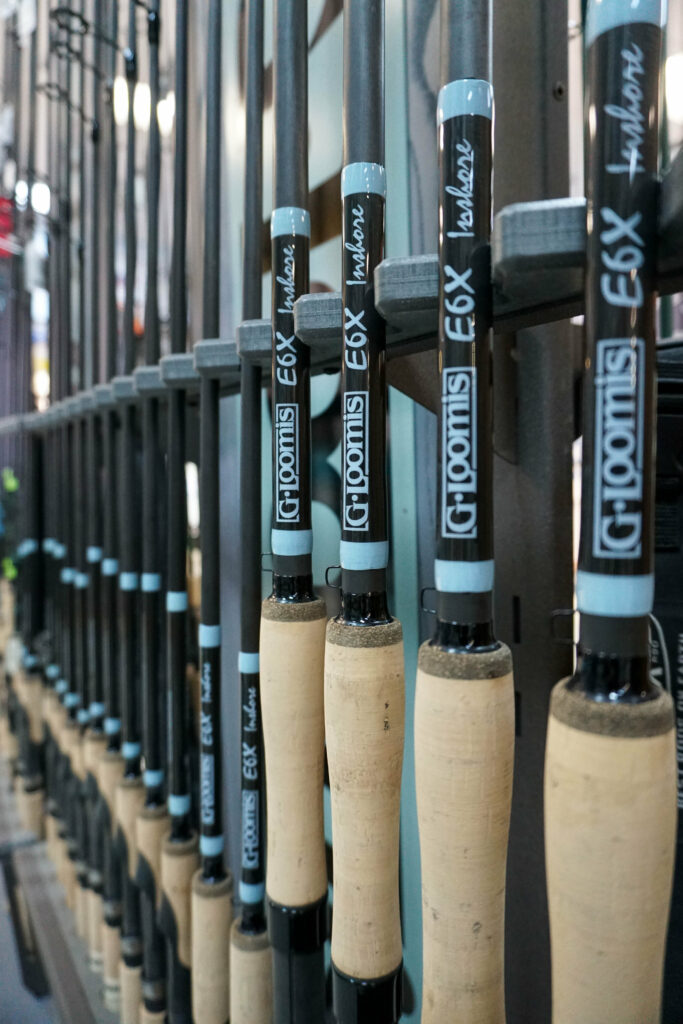
Understanding Saltwater Fishing Reels
Choosing the right reel can feel a bit like picking between a sports car and an SUV. Both have their perks, but it depends on what you need. Spinning reels and baitcasting reels are the two main types you’ll come across for saltwater fishing gear.
Spinning reels are the go-to for many beginners. They’re easier to use and less likely to tangle, which is a huge plus when starting out. You can find them in various sizes, too, making them versatile for different fishing conditions.
Baitcasting reels, on the other hand, offer better control and accuracy but come with a steeper learning curve. It might be best to save these for when you’re more comfortable with your gear. One critical thing to look for in saltwater reels is corrosion resistance.
Saltwater can be harsh on your equipment, leading to rust and decreased performance over time. Look for materials like stainless steel or aluminum, which hold up well against the elements. Trust me, a rusted reel is a nightmare you want to avoid.
Alright, let’s get into some specific recommendations. For spinning reels, the Penn Battle III is a fantastic choice. It’s durable, easy to handle, and built to withstand saltwater conditions. The Shimano Stradic is another solid option, offering smooth performance and reliability.
If you’re feeling confident and want to try baitcasting, the Abu Garcia Revo is well-regarded for its precision and strength. Starting your saltwater fishing journey with the right reel can enhance your experience and make those fishing trips more enjoyable and successful.
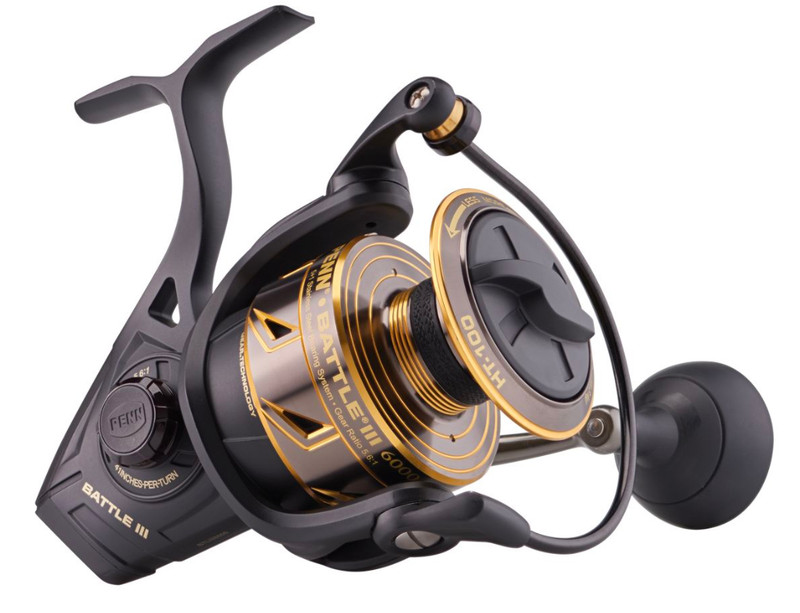


Selecting the Best Fishing Line for Saltwater Fishing
If your fishing rod is the muscle and your reel is the heart of your saltwater fishing gear, then your fishing line is the lifeline. The right line connects you to that prize catch and can make all the difference between reeling in success or telling stories about the one that got away.
- First up, there’s monofilament line. It’s the jack-of-all-trades in the fishing world. Versatile, stretchy, and easy to handle, mono is great for beginners still honing their skills. It’s relatively inexpensive and works well in various conditions, although it might struggle a bit in deeper waters because of its buoyant nature.
- Fluorocarbon line is next on the list. This type is almost invisible underwater, making it perfect for those finicky fish that might get spooked by your line. It’s more abrasion-resistant than monofilament, which is handy around rocks and structures. However, it’s stiffer and can be trickier to manage for newbies, so keep that in mind.
- Then there’s braided line. Known for its strength, braided line can handle hefty fish and rough conditions. It’s got a thin diameter, meaning you can spool more onto your reel. But it’s also highly visible in clear waters, which could deter some fish. Beginners might find it a bit challenging to knot, but its durability is a huge plus once you get the hang of it.

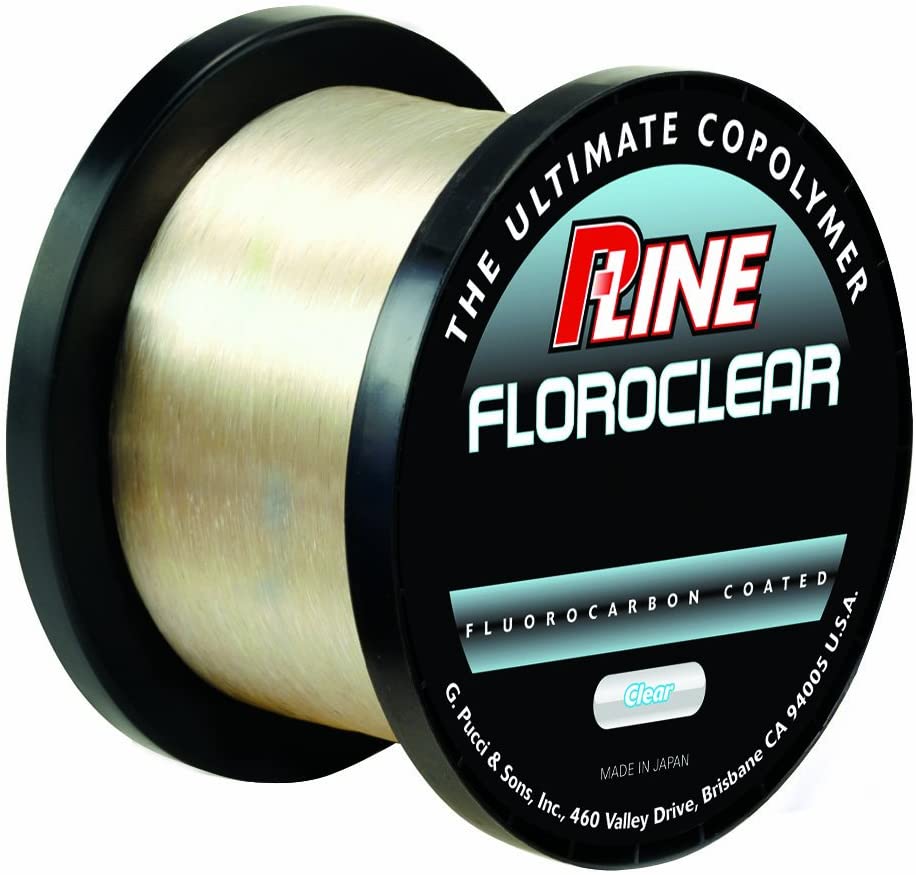

So, what should you start with? For all-round use, a monofilament line is hard to beat. Brands like Berkley Trilene offer dependable performance while being easy on the wallet. If you’re looking to upgrade or face tougher fishing conditions, consider a quality fluorocarbon like Seaguar InvizX.
For those targeting big game fish or fishing in rougher waters, PowerPro is a reliable braided line choice. Remember, the type of line you choose can seriously impact your fishing success. Picking the right one for your specific needs ensures a trouble-free experience and better results when you hit the water.
Essentials of Hooks and Rigs for Saltwater Fishing
Hooks and rigs can seem a bit overwhelming at first, but getting the basics right can boost your fishing game significantly. Different hooks serve different purposes, and the type you use can dramatically impact your success rate.Let’s break down the common hooks you’ll need in your saltwater fishing gear.
- Circle hooks are great for beginners and experienced anglers alike. They’re designed to hook fish in the corner of the mouth, making catch-and-release easier and safer for the fish. Plus, they’re super effective in terms of hook-up rate.
- Then there are J-hooks. These are traditional and versatile, suitable for a variety of fishing types but require a more precise hook-set technique.
- Pre-made rigs and leaders are a lifesaver for beginners. They come ready-to-use and cover a range of fishing conditions. A popular choice is the fish finder rig. This setup is excellent for bottom fishing, letting your bait move with the current, which looks natural to fish. A Carolina rig is another solid option, versatile for catching species like redfish and flounder. It keeps the bait off the bottom, mimicking live prey and attracting more bites.

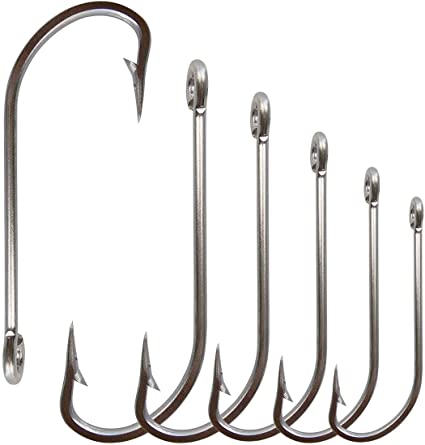
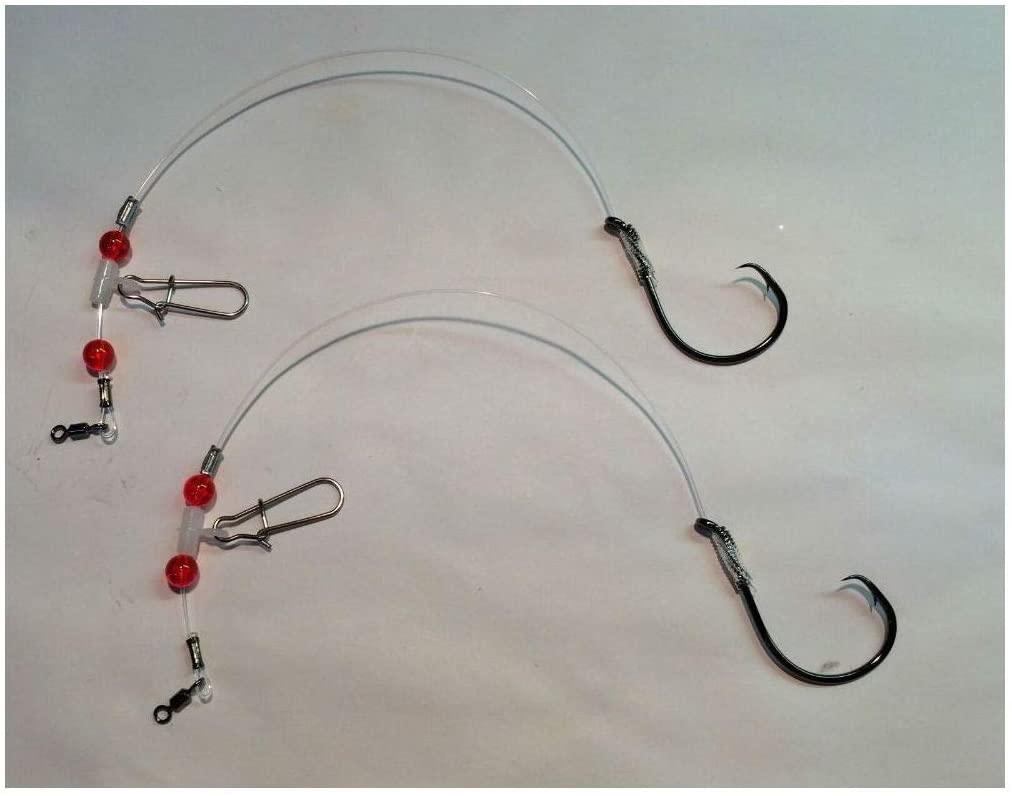
Always consider the fish you’re targeting. Smaller hooks work better for species like snapper or sea trout, while larger hooks are a go-to for bigger catches like grouper or tarpon. Investing in a variety of sizes can make a difference and give you the flexibility to adapt to different fishing conditions.
Understanding hooks and rigs doesn’t have to be complicated. With a bit of practice and the right gear, you’ll soon find what works best for you.
Saltwater Fishing Gear – Choosing the Right Lures and Bait
Lures and bait are like the secret weapons in your fishing gear. Using the right ones can massively improve your chances of success.
Artificial lures come in many forms, each designed to mimic the movement of prey. Soft plastics are versatile and mimic creatures like minnows or worms. They’re easy to use, even for beginners, and work well for a variety of species.
Spoons, with their shiny, reflective surfaces, imitate small fish and are great for attracting attention in clear water. Then you’ve got poppers, which create a splash on the water’s surface, drawing fish from deeper down. These are killer for species like sea bass and bluefish.
Live and cut bait offer a more natural option. Shrimp, minnows, and squid are popular choices. Shrimp is like a universal bait that works well for many species, while minnows and squid are more specific.
Live bait can be the difference-maker, especially when fish are picky. However, it requires more effort to keep fresh, and you’ll want to ensure you’ve got the right bait for your target species.
Don’t overlook the convenience of pre-packaged baits. They’re less hassle and can still be very effective. Berkley Gulp! baits, for example, are well-loved in the fishing community for their scent and texture, which can mimic live bait without the fuss.
Understanding the types of lures and bait available to you opens up a world of fishing possibilities. Starting with a mix of artificial lures and natural baits in your saltwater fishing gear ensures you’re prepared for whatever the ocean throws your way, boosting your chances of landing that dream catch.
Saltwater Fishing Gear – Essential Fishing Tackle and Accessories
Your tackle and accessories can make or break your fishing trip. Having the right tools and fishing gear can save you a lot of headaches and keep you focused on catching fish.
- First things first, let’s talk tackle boxes. A well-organized tackle box is your best friend out there. It should have multiple compartments to keep things like hooks, sinkers, and lures in order. You don’t want to be fumbling around looking for stuff when the fish are biting. Plano makes some great, beginner-friendly tackle boxes that won’t break the bank.
- Next, you’ll need sinkers, swivels, and leaders. Sinkers help get your bait to the right depth, and come in different shapes and weights for varying conditions. Swivels prevent your line from twisting, which can be a lifesaver when using certain lures or live bait. Leaders, often made of fluorocarbon or wire, add an extra layer of abrasion resistance, especially when fishing near rocks and structures.
- Good fishing pliers are another must-have. They help with removing hooks, cutting lines, and even crimping split shots. Rust-resistant ones are ideal for saltwater conditions. Check out brands like Booms Fishing or Rapala for reliable options. A sharp knife is also critical for cutting bait or cleaning fish. Look for one with a good grip and stainless blade.
- Safety gear is often overlooked but immensely important. Puncture-resistant gloves can protect your hands from hooks and fish spines. A good first aid kit is essential, too—because accidents can happen. And, a personal flotation device (PFD) is a must if you will be wading or fishing from a boat.
- And don’t forget polarized sunglasses; they not only protect your eyes from the sun but also reduce glare, helping you see beneath the water’s surface better.
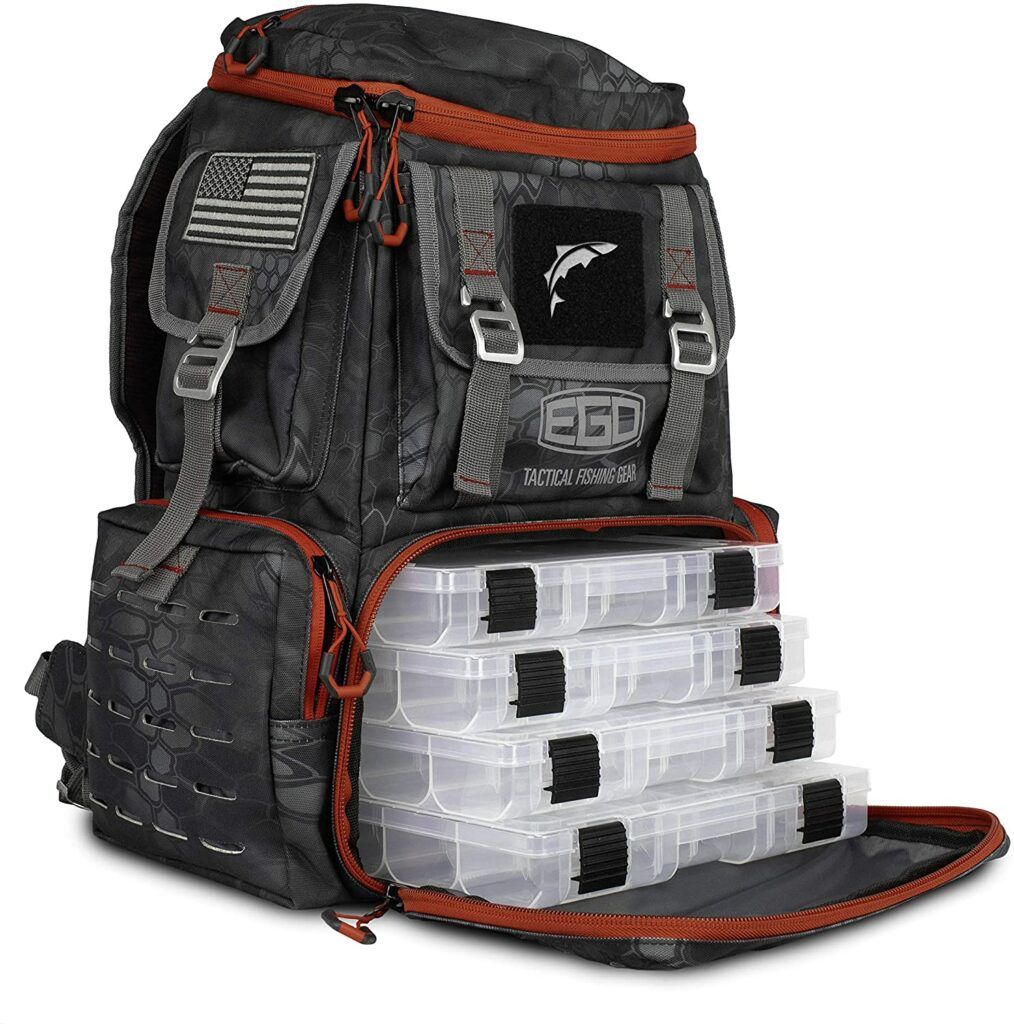
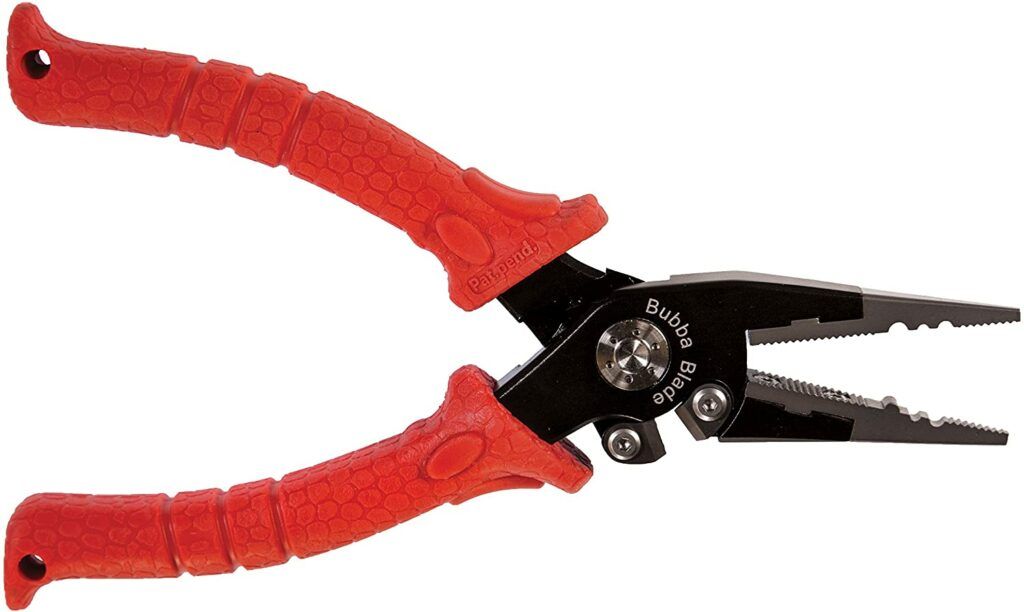
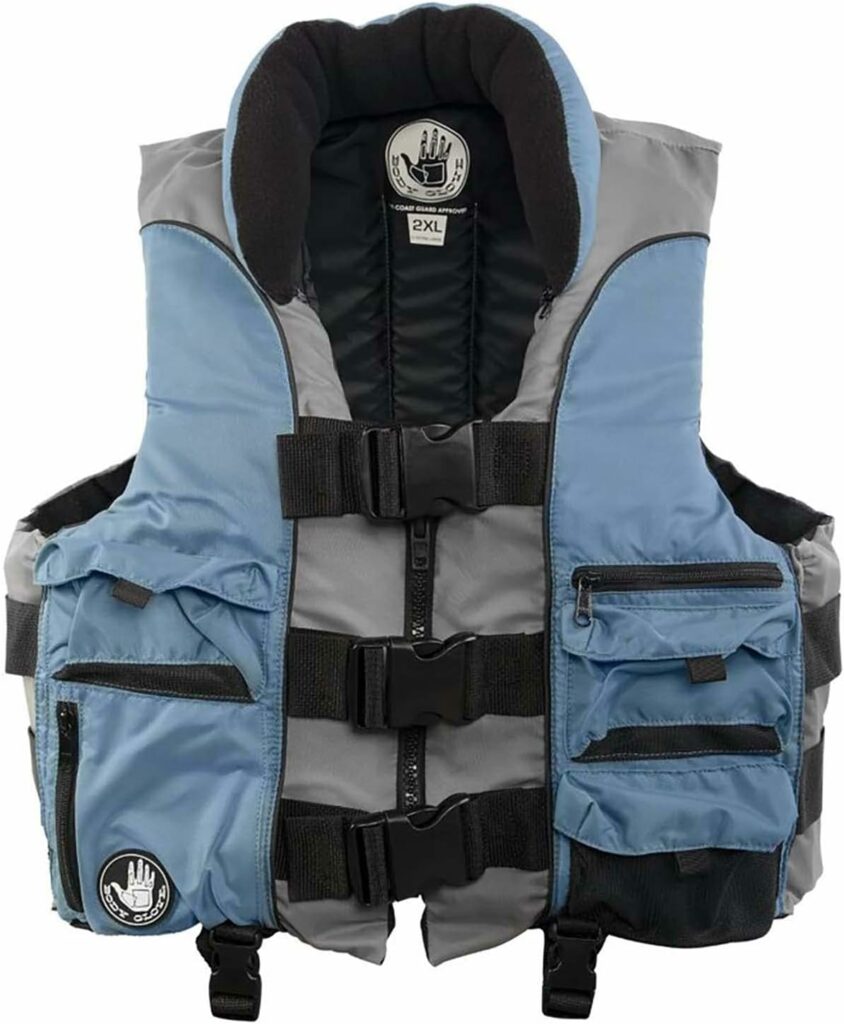
Getting the right tackle and keeping it organized makes your fishing experience much smoother. With the right tools on hand, you can focus on what’s truly important: enjoying your time on the water and catching fish.
Saltwater Fishing Gear – Proper Clothing and Sun Protection
When you’re out on the water, comfort and safety go hand in hand. The right clothing can keep you cool, protect you from the sun, and make your fishing trip a whole lot more enjoyable.
- Opt for breathable, quick-dry clothing. Materials like nylon or polyester wick moisture away from your skin, keeping you cool even when the sun is blazing. Long sleeves might seem counterintuitive in the heat, but they provide crucial protection from the sun’s harmful rays. Brands like Columbia PFG and Under Armour make fantastic fishing apparel that’s specifically designed for these conditions.
- Don’t forget sun protection essentials. A wide-brimmed hat shields your face, ears, and neck from direct sunlight, reducing the risk of sunburn. Polarized sunglasses cut glare off the water and protect your eyes from UV rays. And, of course, always slather on sunscreen with a high SPF. Choose a water-resistant one, so it doesn’t wash off when you’re sweating or get splashed by waves.
- Proper footwear is also a must. Flip-flops won’t cut it; you need something with grip and support. Water shoes or sandals with good traction and closed-toe designs protect your feet from slippery surfaces and sharp objects. Brands like Keen and Teva offer great options suited for fishing adventures.
- Hydration might not be top of mind, but it’s crucial. Always bring a good supply of water, especially on long trips. Consider investing in an insulated water bottle to keep your drink cool throughout the day.
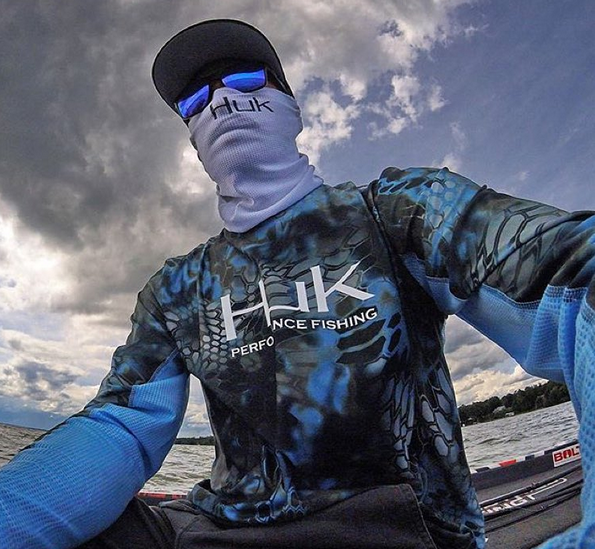
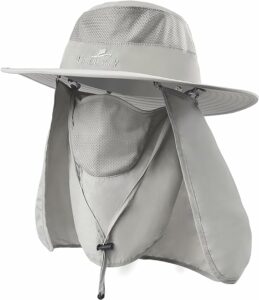
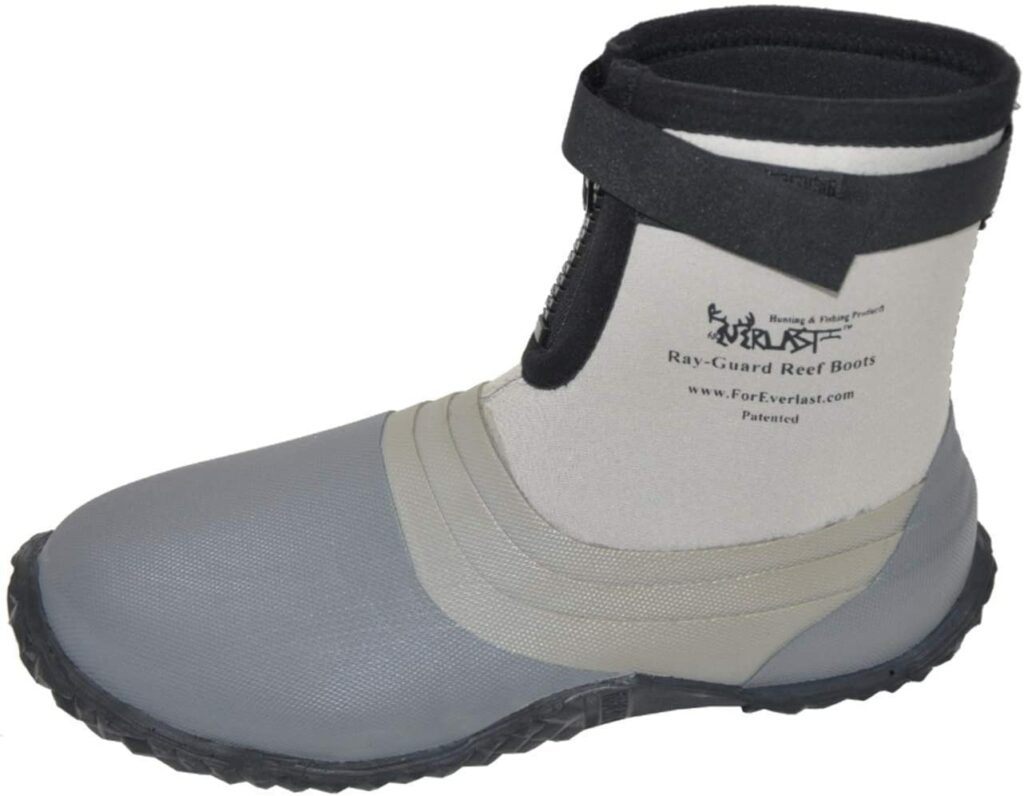
Keeping yourself protected and comfortable warrants a more enjoyable and safer time out on the water. Smart clothing choices and proper sun protection let you focus on what you’re there for: catching fish and having a blast.
Recommended Brands for Saltwater Fishing Gear
Starting out in saltwater fishing can feel a bit daunting with so many brands to choose from, but there are some trusted names that have earned their stripes and are known for solid performance.
For those on a budget, there are plenty of reliable brands that won’t empty your wallet. Penn is a staple in the fishing world, offering affordable, durable products that are perfect for beginners. Their Battle II series, in particular, is a favorite among new anglers for its mix of quality and price.
Ugly Stik by Shakespeare is another brand you can count on. Their rods are practically indestructible, making them great for those just starting out and maybe prone to a few mishaps. If you’re looking to invest a bit more for higher quality gear that will last longer, there are some standout brands to consider.
Shimano offers top-notch reels and rods known for their durability and smooth performance. Their Stradic series reels are especially popular. Another great brand is Daiwa. Their BG series reels are built like tanks and perform exceptionally well in saltwater environments.
Additionally, brands like Okuma and G. Loomis are highly regarded for their craftsmanship and performance. While it might be tempting to go for the cheapest option available, investing in reputable brands can save you money in the long run by avoiding frequent replacements and repairs.
High-quality gear enhances your fishing experience, making it more enjoyable and less frustrating as you get more serious about the sport. Find what works best for you, your fishing style, target species, and budget.
Key Takeaways on Saltwater Fishing Gear for Beginners
Understanding the importance of the right gear can make your saltwater fishing experience not just more successful, but infinitely more enjoyable. From selecting the right rod and reel to ensuring your line, hooks, and rigs are up to the task, each piece of gear plays its part.
- Starting simple is key. You don’t need top-of-the-line equipment to get started. Reliable, budget-friendly options are out there and specifically designed to help beginners get a feel for the sport without the hefty price tag. Over time, as you refine your skills and expand your knowledge, gradually adding high-quality gear will enhance your fishing adventures.
- Always remember that safety and comfort are non-negotiable. Proper clothing, sun protection, and hydration are as essential as the gear you bring. When you’re comfortable and safe, you’re more focused and can fully enjoy the thrill of fishing.
- There’s a lot to learn, but half the fun is in the journey. Start with the basics, get out there, and enjoy the process of discovering what works best for you. Fishing isn’t just about catching fish—it’s about the excitement of the chase, the joy of the outdoors, and the stories you create along the way.
- As you embark on your saltwater fishing adventure, don’t hesitate to reach out with questions or share your experiences. The fishing community is full of folks eager to help and share their tips. Drop any questions you have in the comments below and I’ll be glad to offer suggestions and help. So grab your gear, hit the water, and make some incredible memories.
Check Out These Recent Articles for More Tips:
- Saltwater Fishing For King Salmon: 4 Top Strategies.

- Surf Fishing With Lucky Craft Lures
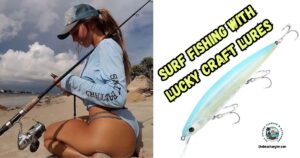
- Tips And Tactics For Saltwater Fishing With Spoons
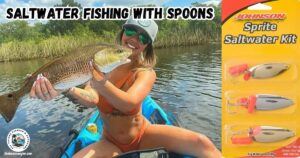
- What Is Sail Line Fishing And How To Use It?
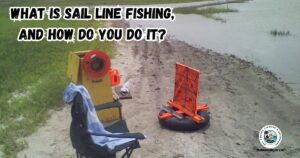
- 8 Tips on Wade Fishing The Flats For Redfish And Black Drum
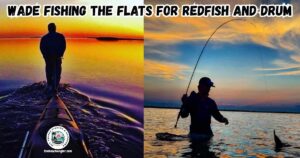
- How The Wind Can Be Your Friend When Fishing Inshore Waters

As always, stay safe, enjoy the journey and please try to leave it cleaner than you found it. If you have any comments, questions, ideas, or suggestions please leave them in the comment section below and I’ll get back to you ASAP. You can follow us on Facebook: Rex The Beach Angler, Instagram: thebeachangler7, Twitter: @AnglerBeach, and YouTube: Man Art Creations.
P.S. – Thanks so much for checking out our blog we really appreciate it. Just so you know, we may receive a commission if you click on some of the links that appear on our site. This helps us keep our content free and up-to-date for everyone. We appreciate your support!
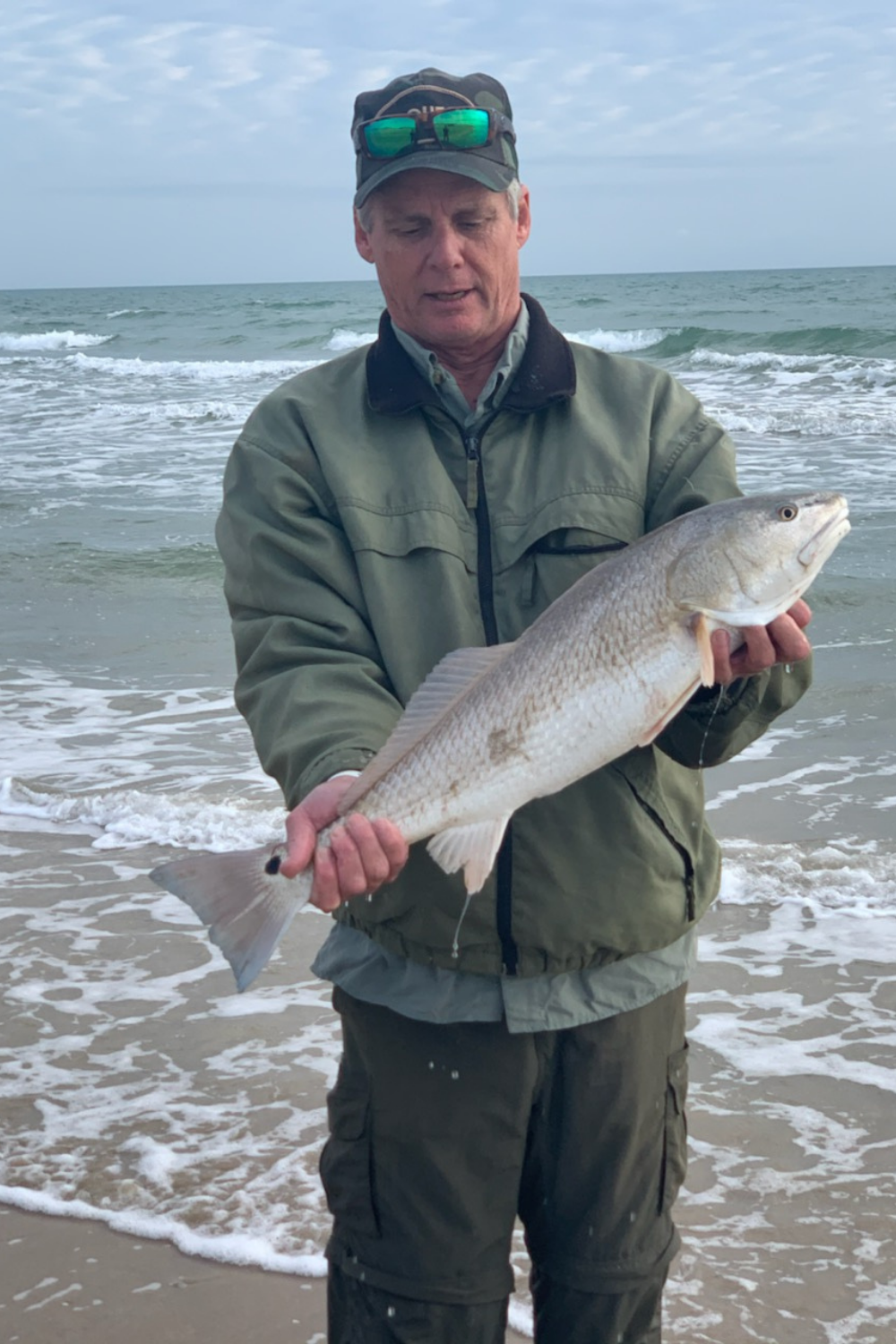
A life long surf fisherman with 50+ years of experience, I am also an avid hunter and outdoorsman. I will be sharing my passion for the outdoors with you so be prepared for hunting, fishing, camping, hiking and more. Along with gear reviews and the latest trends and innovations in the outdoor industry.
